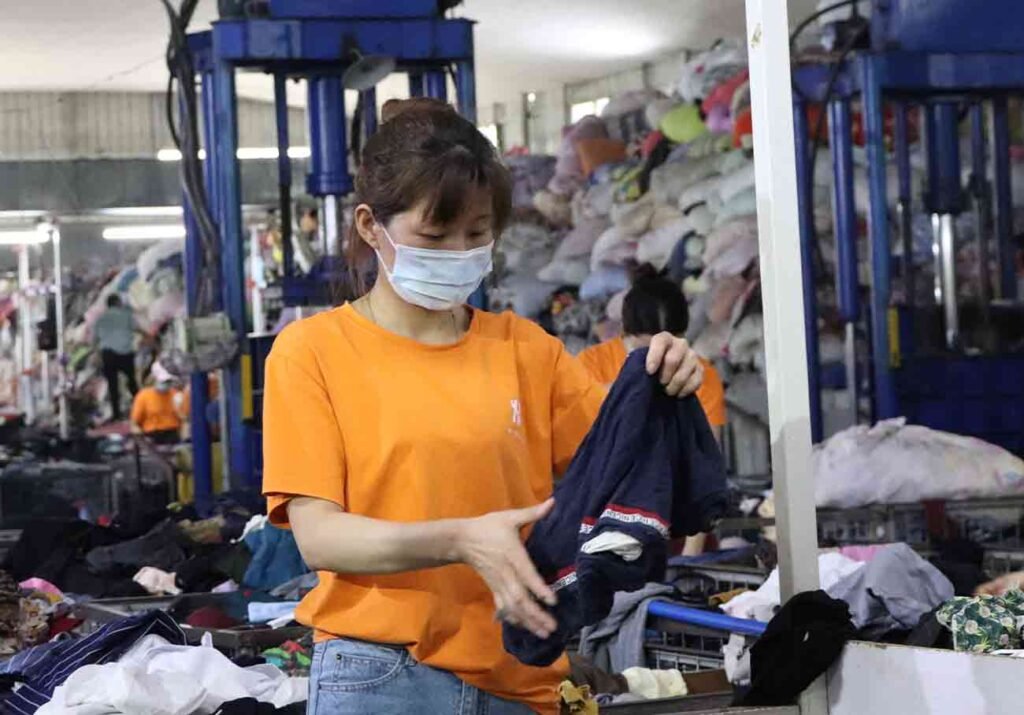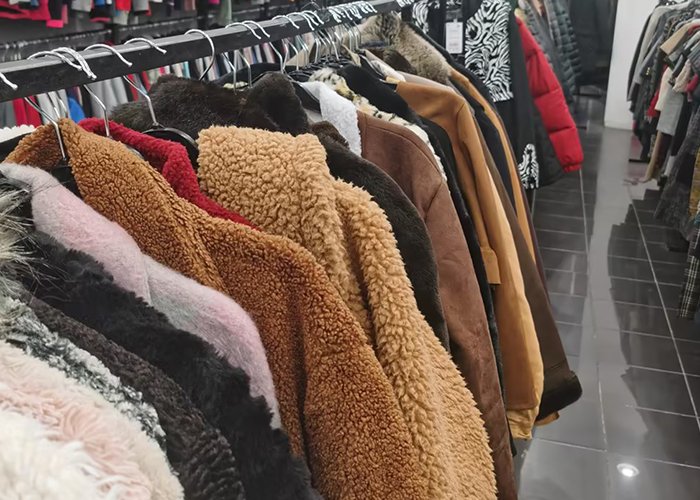The Importance of Quality Control in the Vintage Clothing Industry

source: Hissen Vintage
Quality control is a pivotal aspect in the secondhand clothing industry, ensuring customer satisfaction and fostering trust, and ensuring customers receive high-quality, undamaged clothing.
Wholesale used clothing suppliers specialize in collecting, sorting, and distributing vintage clothing and used shoes to businesses around the world.
In this article, we delve into the significance of quality control, the processes and steps involved, strategies for maintaining comprehensive quality control, and a concluding summary.
The Significance of Quality Control in the Secondhand Clothing Industry

Quality control holds paramount significance in the secondhand clothing industry. Beyond merely ensuring garments’ physical condition, it serves as the linchpin for establishing trust, fostering customer satisfaction, and shaping the overall reputation of businesses within this thriving sector.
At its core, quality control in the secondhand clothing industry is a comprehensive process that begins from the initial sourcing of garments. Rigorous inspections, sorting based on condition and brand, and timely repairs form the foundation of this process. Each item undergoes a careful examination, ensuring that only those meeting high-quality standards make their way into the inventory.
The importance of quality control extends beyond the visible aspects of garments. It encompasses the entire supply chain, from sourcing to packaging. Collaborating with reputable suppliers, ensuring transparency in sourcing practices, and maintaining stringent standards at every stage contribute to a reliable and superior-quality inventory.
Processes and Steps in Quality Control

source: Hissen Vintage
Quality control in the secondhand clothing industry involves a meticulous journey from sourcing to the final packaging of garments. This intricate process ensures that each item meets stringent standards, guaranteeing customer satisfaction and trust in the products. Let’s delve into the essential processes and steps that constitute effective quality control.
Sourcing:
The quality control process begins at the very roots – sourcing. Establishing partnerships with reputable suppliers and thoroughly vetting the materials acquired are crucial steps. In this phase, the focus is on obtaining garments with minimal wear, ensuring that the foundation of the inventory is of high quality.
Inspection:
Upon arrival at the facility, each garment undergoes a thorough inspection. Trained professionals examine items for any signs of damage, wear, or stains. This step is crucial for identifying garments that meet the desired quality standards and separating those that require further attention or repair.
Sorting:
Sorting is a meticulous process that involves categorizing garments based on various criteria. Sorting may consider factors such as brand, condition, style, and size. This step ensures that the inventory is organized and facilitates subsequent repairs or enhancements tailored to each garment’s specific needs.
Quality Assurance Checks:
Before finalizing the packaging, a series of quality assurance checks are conducted again. This involves a detailed review of each garment to confirm that all necessary repairs and enhancements have been completed successfully. It ensures that the garments leaving the facility meet the established quality standards.
Packaging:
The last step in the quality control process is packaging. Careful and secure packaging prevents any damage during transportation and storage. It also ensures that customers receive their orders in impeccable condition, reinforcing the commitment to delivering high-quality secondhand clothing.
Ensuring Comprehensive Quality Control
In the realm of the secondhand clothing industry, the commitment to comprehensive quality control is paramount for sustained success. This commitment extends across every stage of the supply chain, encompassing sourcing, inspection, sorting, packing, and beyond.
Strategic Sourcing for Reliability:
To ensure the integrity of the supply chain, establishing partnerships with reputable suppliers is foundational. Transparent sourcing practices lay the groundwork for a reliable inventory, as the origins of each garment are traceable and accountable. This strategic approach to sourcing creates a solid foundation for subsequent quality control measures.
Training Programs and Skill Enhancement:
Comprehensive quality control hinges on the proficiency of the individuals involved in the process. Regular training programs for staff, focusing on the intricacies of quality standards, are instrumental. Equipping the workforce with the skills to discern nuances in garment condition and brand authenticity contributes significantly to maintaining high-quality standards.
Transparent Communication and Feedback Loop:
Establishing transparent communication channels within the supply chain is essential. Regular feedback loops between suppliers, inspectors, and repair teams facilitate continuous improvement. This open dialogue ensures that any deviations from quality standards are promptly addressed, fostering a culture of accountability and constant enhancement.
Conclusion: A Comprehensive Approach to Quality Control

source: Hissen Vintage
In conclusion, the importance of quality control cannot be overstated in the secondhand clothing industry. By implementing stringent measures, adhering to proven processes, and embracing technological advancements, businesses can ensure a consistent supply of high-quality vintage and used clothing. This comprehensive approach not only satisfies customer expectations but also establishes a brand as a trustworthy player in the market.
As a result, it is highly recommended for enterprises to acquire secondhand used clothing, shoes, bags, and rags from a reliable wholesale supplier with a documented history of upholding stringent quality standards. This guarantees that patrons obtain products of elevated worth, enabling businesses to sustain profitability and cultivate enduring customer allegiance.